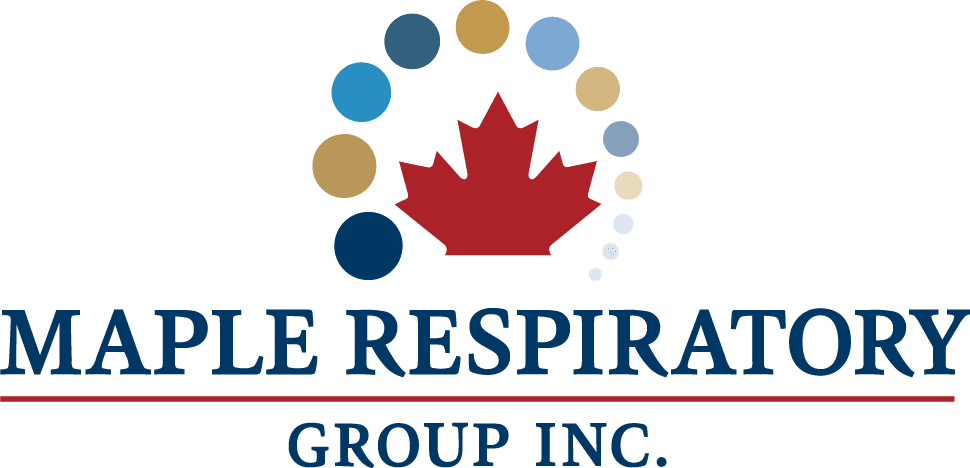“I really enjoyed the program and liked meeting new people. The exercises were sometimes a little difficult, but I got through them. It increased my exercise tolerance. I will now continue to exercise at home at least three days a week. The lectures were in depth. I learnt some new information. Anila and Meena were great. They were not too tough but enough to make sure that we were still working out. They were careful about my oxygen levels when I was walking or weight training and made sure that I was ok.”
This is an integrated health strategy that involves a combination of exercises, education, dietary advice and counseling. Pulmonary rehabilitation is designed to improve the physical and emotional wellbeing of individuals living with chronic respiratory conditions, including Chronic Obstructive Pulmonary Disease (COPD) , Asthma, and Pulmonary Fibrosis.



